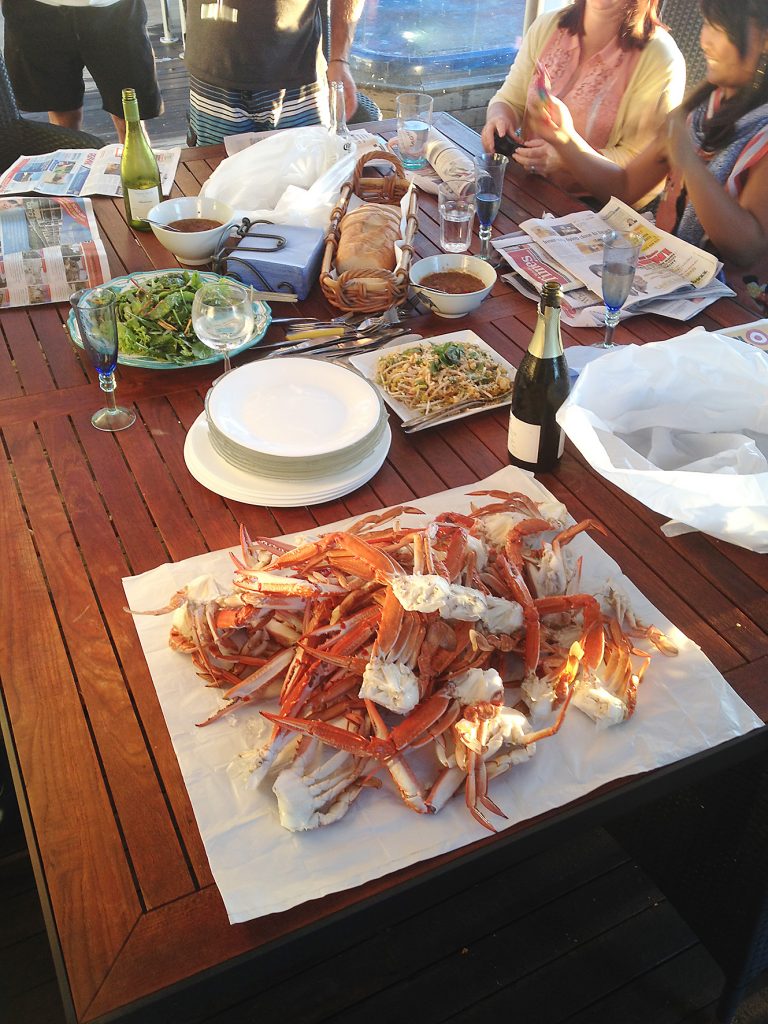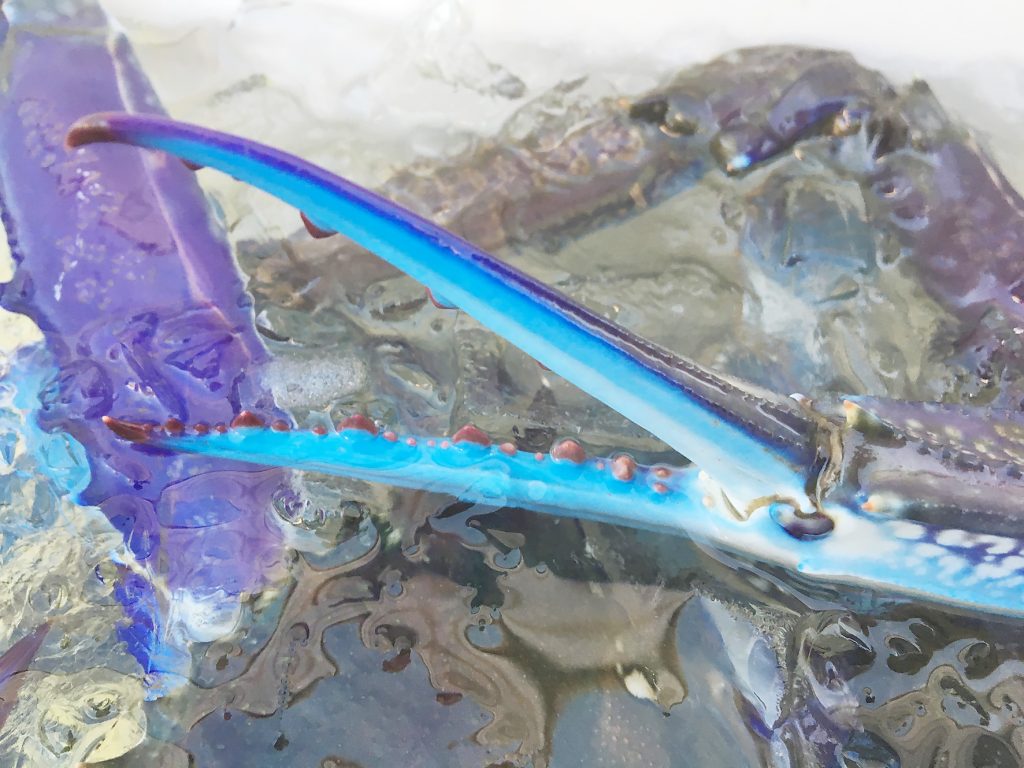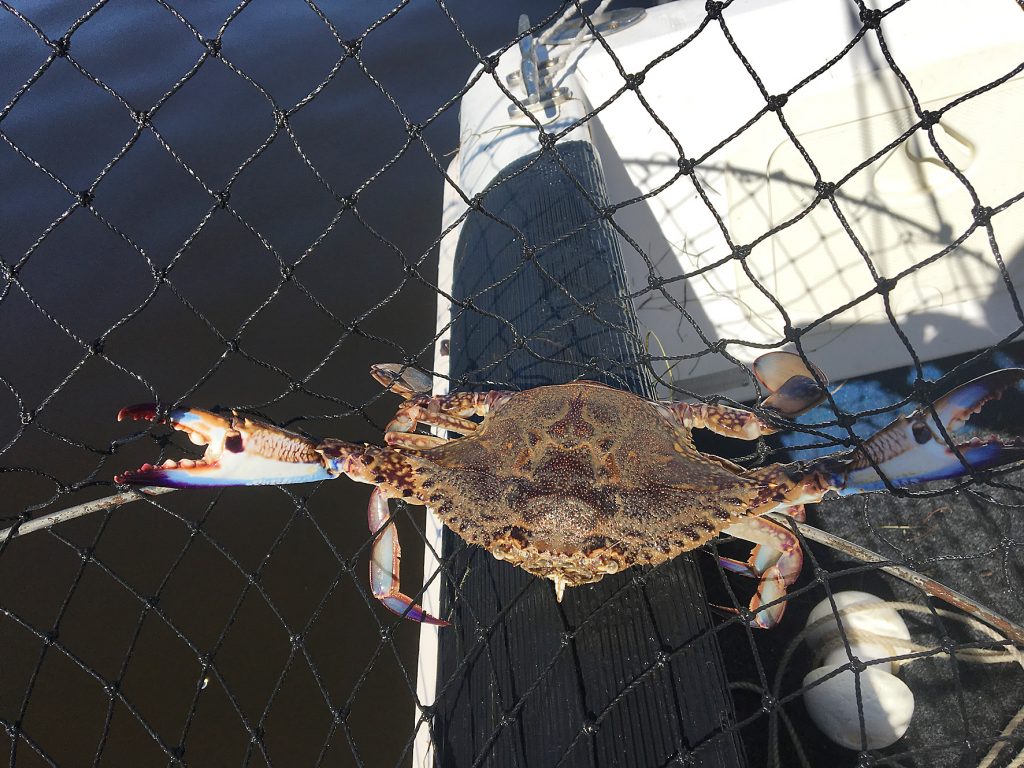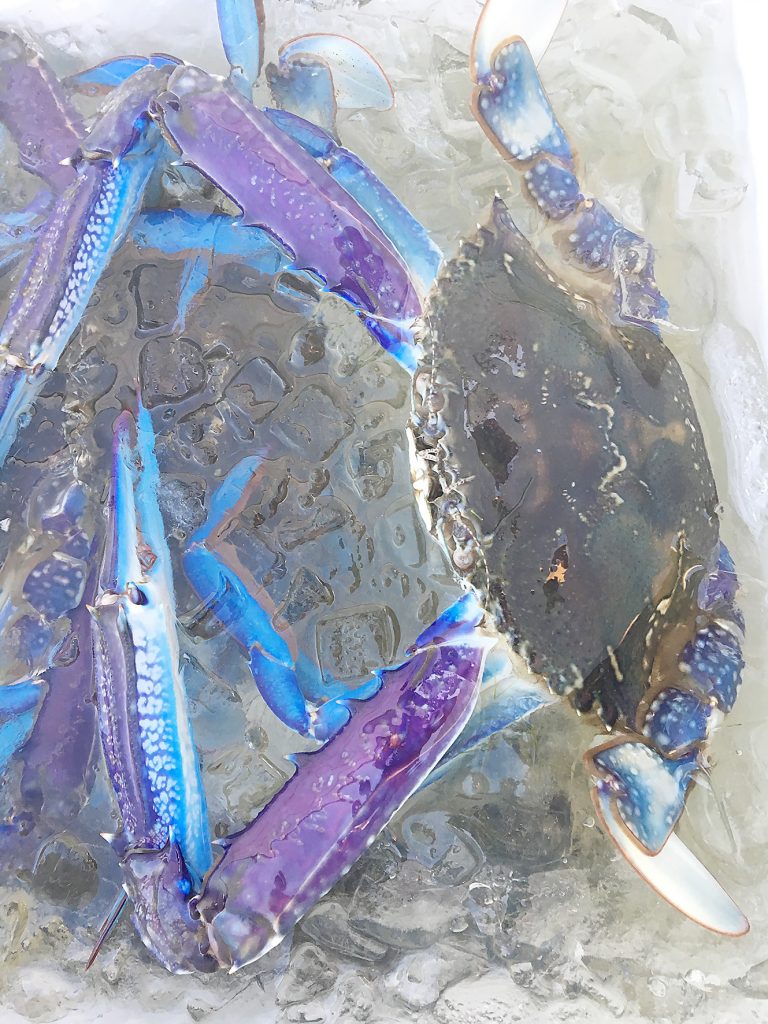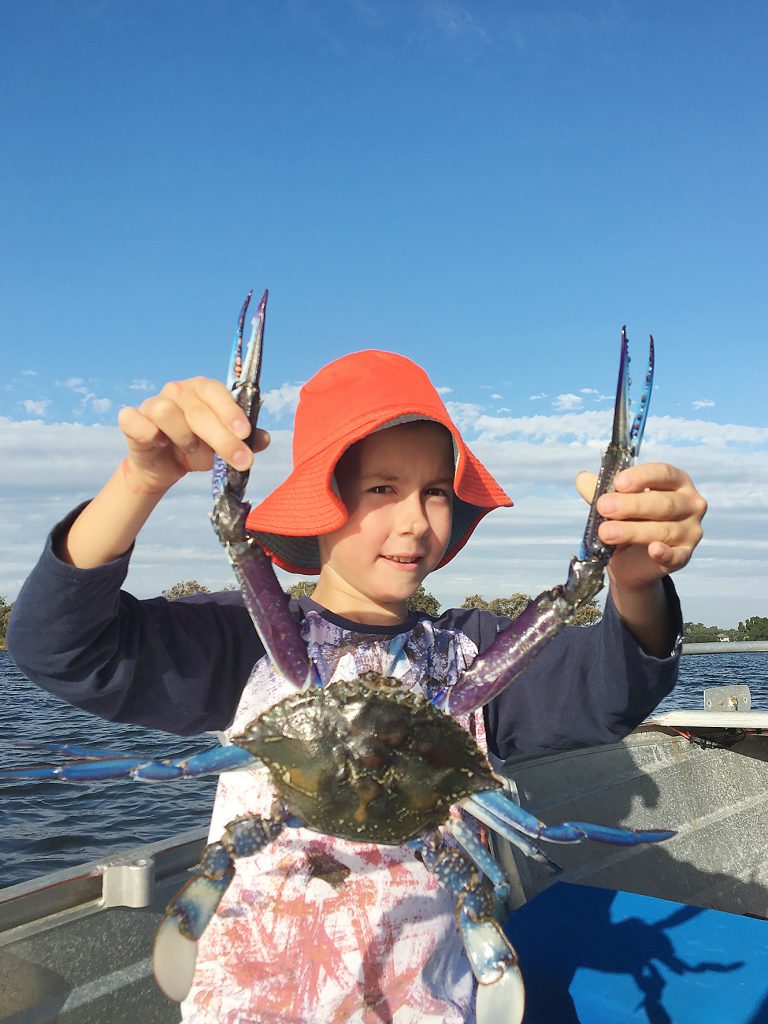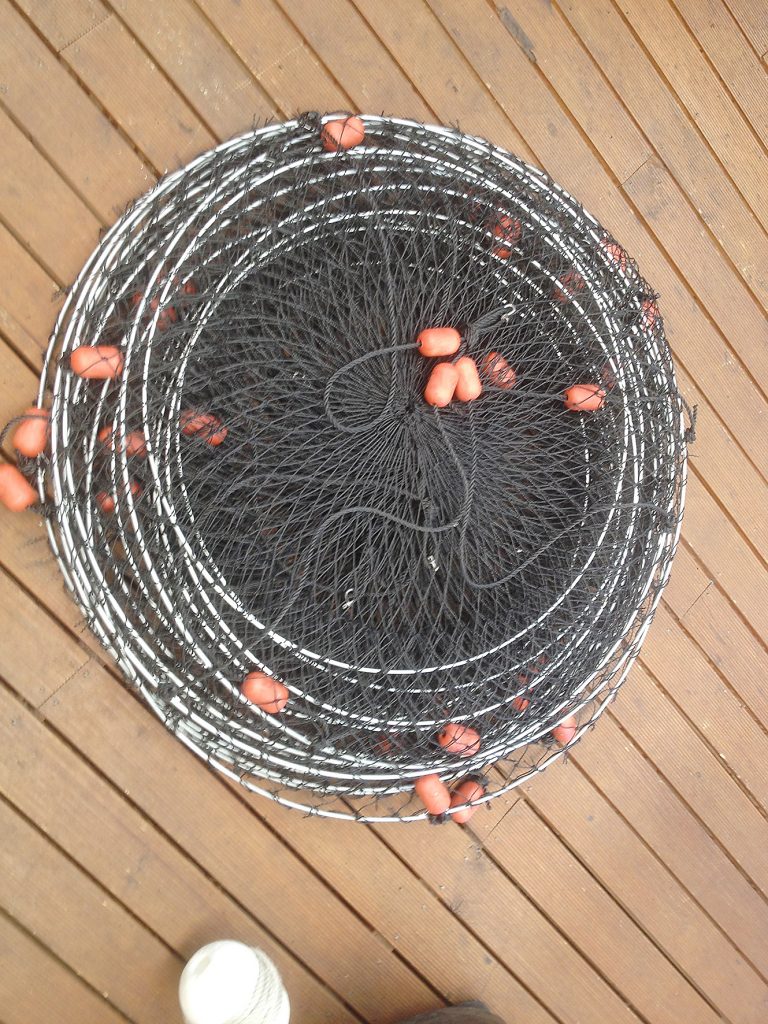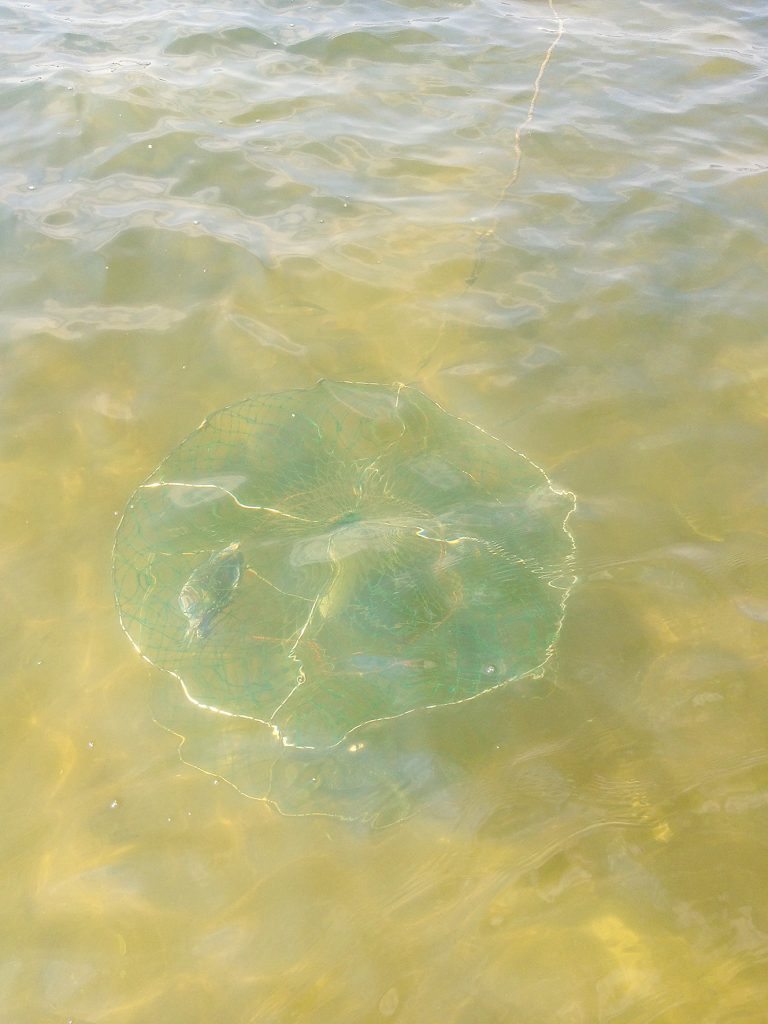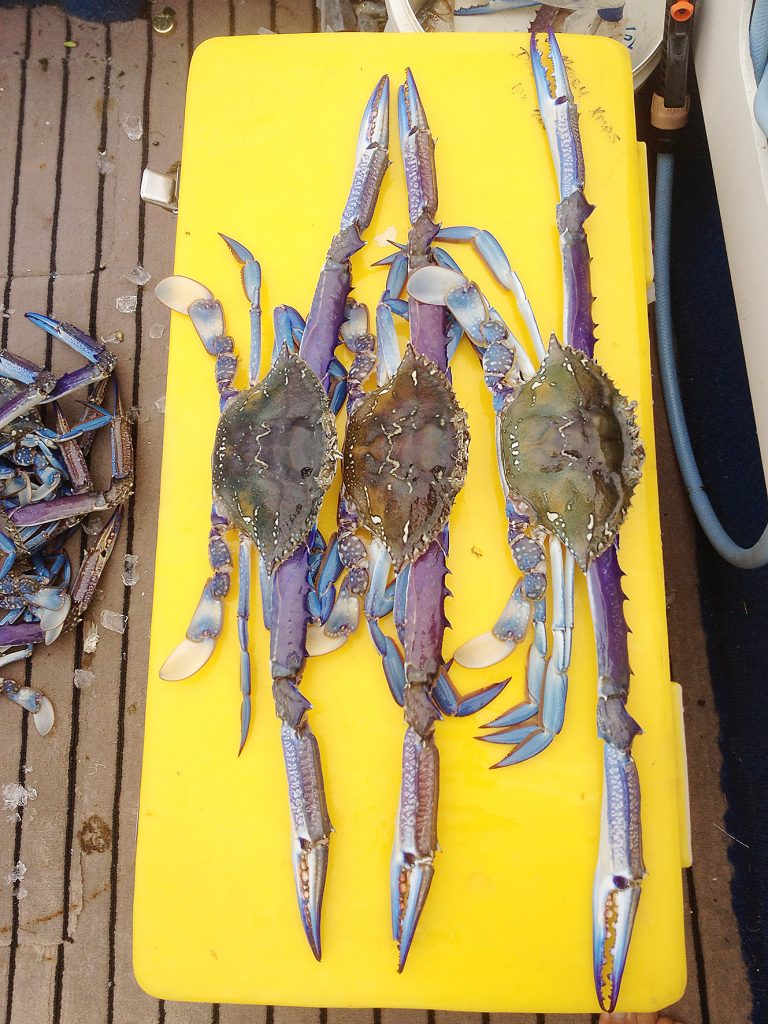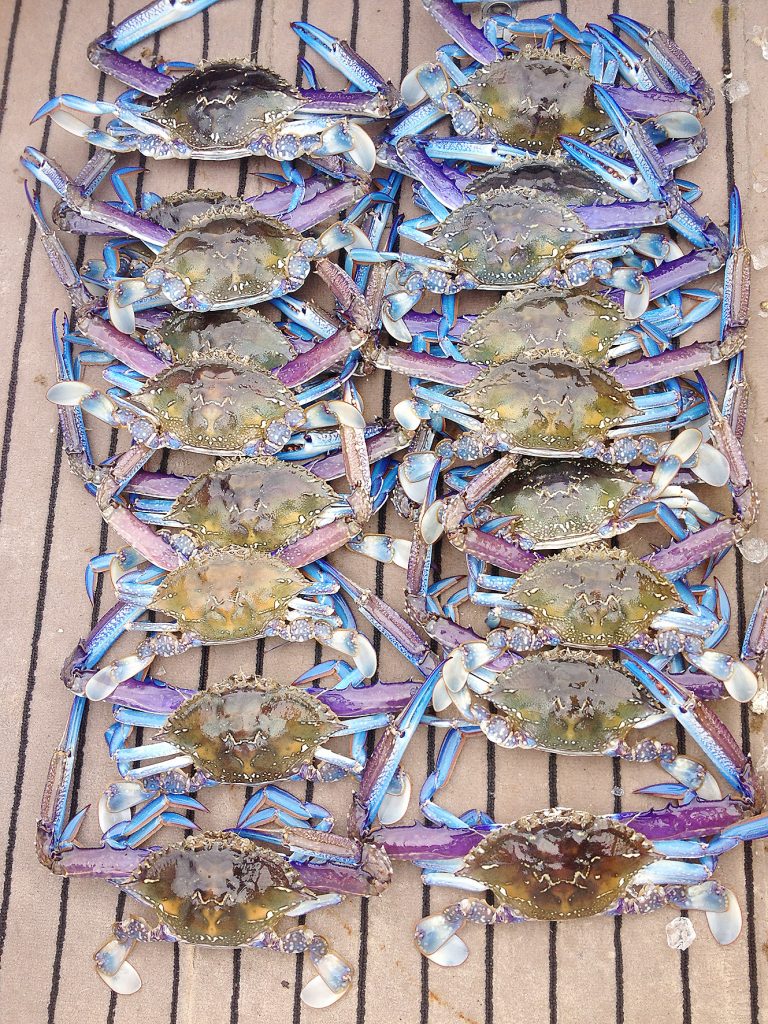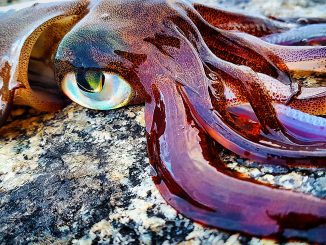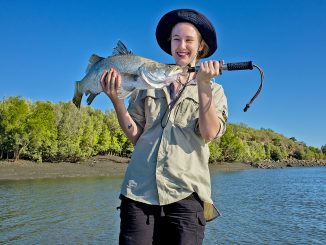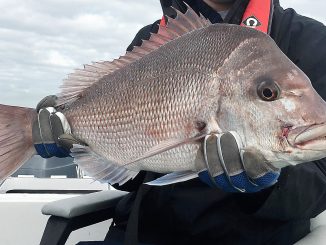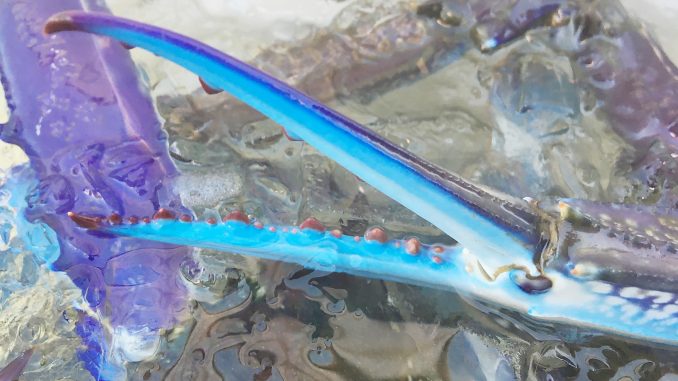
by Ian Sewell •
With summer in full swing the estuarine waters of the west coast have warmed significantly and the blue swimmer crab populations in our estuaries have grown quickly. Of all crustaceans, blue swimmer crabs would have to be the one I enjoy eating the most. While quite fiddly to extract their meat, reward for effort makes it a chore well worth enduring.
January and February are the best times to chase these feisty delights. Early in the season during November and December the size is usually a bit hit and miss, however later in the season blue swimmers will be nice and big after a couple of months of constant eating and a further moult or two under their belt. While a legal size crab is okay, a big blue is hard to beat.
More recreational fishers chase crabs than any other recreational species and 2019 there is set to be changes made around the management of crab stocks to try and get more and bigger crabs back into our nets. This is absolutely great news for the fishery and also everyone who chases crab for a feed.
Catching crabs requires no license unless done from a boat, where a fishing from boat license will be required. So as long as you are land-based then this is a free fishery. Crabs can be caught in a number of ways, and depending on where you catch your crabs will depend on the preferred technique. Crabs can be caught by hand, an unpointed wire hook, crab scoop net or by drop net.
The first and easiest method is scooping; scooping crabs requires a special crab scoop net. It must be made of a rigid material like wire or hard plastic and shaped like a bowl. Scoop nets must be of such a design so that a crab is unable to get tangled up in the scoop. The depth of the scoop may not be deeper than 210mm and not have a diameter greater than 375mm. The easiest way to go is to visit your local tackle shop and buy a legal crab scoop for around $15-$20.
The next step is to select a suitable location to go and attempt your assault on the crab population. By far the most popular location for crab scooping are the prolific sand bars found on the outskirts of the Peel and Harvey estuaries in Mandurah. However, most estuarine sand banks will hold crabs at some stage over the summer months. Others worth considering are the sand banks around the Leschenault Estuary down in Bunbury. Calm sheltered ocean bays can also be worth a shot, especially on a warm summer night with a head torch.
A tip for scooping is to consider which way the wind will be blowing at the time you intend to be out searching. You want to see the crabs, and the clearer the water and the less chop on the surface the easier it will be. In popular spots with lots of scooping traffic, the bigger crabs will be very hard to find as all of the easy to get crabs will be long gone. Fishing early morning or early evening will increase your chances, especially if this coincides with a rising tide.
Crabs will usually use a rising tide to move up onto the shallows, even more so if they can do it under the cover of darkness.
In heavily fished areas, working the edges closer to deeper water will usually yield better results. This is where using a boat, canoe or kayak is helpful as it will allow you to access the drop-off areas, have a quick look and move on if there is not much around. Remember if you use a powered boat to access a crabbing area you will need a fishing from boat license.
Drop nets are the next most popular method and makes for some great crabbing. Drop nets can be used land-based from rock walls, jetties, bridges and deep shore banks or from boats. Drop nets are usually made from two metal rings with netting forming the sides and base of the nets; the top of the net is open. Crab traps or pots are illegal for recreational crabbing in WA.
Fishing from shore with crab nets is a simple process, first of all find your preferred location and get your nets in the water. There is a maximum of 10 nets per person. When fishing from shore the chances of interacting with others is usually quite high especially in popular spots, so always be mindful of other fishers and try and reduce conflict by not claiming a whole jetty to yourself, consider moving nets or taking some out of the water to share the spot amicably. With a bag limit of 10 crabs it does not take long to bag out in good spots and often people will move on quickly, at this time you can spread your nets out again if you still have not caught a feed.
In a boat crab netting is made harder by all of the possible locations to put your nets, like any boat fishing the possibilities are endless. Try and resist the urge to go and run your line of crab nets through the spot where everyone else is crabbing. There is no guarantee that these other boats are onto the crabs, and chances are it all started because one person was not sure where to go so just had a guess, then the next person does the same and so on and so on, until there is an on water traffic jam of boats and nets.
A couple of things to be mindful of though is to ensure that your pots or ropes stay well away from marked navigation channels, larger vessels cannot navigate out of the channel and if they wrap a crab net around their propeller it will make for two unhappy boaters!
The best method for boat drop netting if you have no idea where the crabs are at, is to make long straight lines or strings with your nets. Keeping your nets in straight lines will reduce your chances of losing nets while on the water, it also allows you to keep an eye on all of your nets. By making a start with nets 100-200m apart, you can gauge different depths and areas of the river. Once you lay out a string, leave the nets to soak for about 15 minutes and then pull up your nets one by one. Keep a mental note of what nets catch and which ones do not. If three nets in a row catch and all of the rest have nothing you can then concentrate your efforts by bringing the non-catching nets closer to the catching nets and try to increase your catch rate. It is also well worth noting the depth of the nets that catch as at certain times depth seems to be the crucial factor in finding the crabs.
If you catch no crabs, just keep moving around until you start to catch a couple. It is wise to also remember that if you caught them in one spot last week they may well be long gone the next. Blue swimmer crabs are very good swimmers and can move quite a distance in the course of a single tide.
Having an echo sounder for crabbing, while not essential, is a very handy tool, and with the price of small colour combo units these days under $200 you would be crazy to fish without one.
Tides will depend on the areas fished. For me, I like a fast moving current, so a rising tide about mid way through is my preferred time, however, in honesty I usually just go when I have the time.
Bait for crab nets is a very personalised affair. If you asked 50 die hard crabbers what they use you will likely get 50 different answers. Most have a mix of never miss baits all stuffed into a bait pocket clipped to the net or on a bait clip. The topic of bait clips and pockets is also hotly debated. However, if you fish an area with a high population of stingrays and or shags then bait bags are a good way to go. Shags have worked out that diving on a crab float will usually yield an easy feed, stingrays follow their nose and do the same, so the bait pocket slows them down and allows you to keep your bait longer. When fishing areas that are deeper or less prone to bait hijackers then bait pins are a good option.
Baits can be leftover fish heads from your last fishing outing and may include herring or whiting heads, other popular baits are mullet, spleen, bony herring, chicken necks, sheep necks, blowies, chicken frames and the list goes on and on. Very often it is a combination of two or three just to hedge the bets. As far as baits go, probably the most important part is that there is enough bait there. Old, mostly eaten away bait does not have a lot of oil or smell left in it, so it is always wise to freshen baits often.
Crab nets come is a range of shapes, sizes and configurations. Like baits, many people have their own preference, they can be from very big to quite small, big mesh to small mesh, heavy wire to light wire or wire based to net mesh based. The choice is yours, depending of course if you have a tight budget or not. As with all things for the marine environment, quality counts as does good maintenance. Look after your nets and they should last you many seasons without any issues.
Floats can be anything that will support the rope in the water. Buying the proper crab floats is a very wise investment as you have a ready to go rope storage and if you use 8mm silver rope you can get 10m of rope on a float. This way you can adjust your floats for the given depth so that you do not have too much rope floating on the top of the water, which can be a navigation hazard to other boats and yachts. Many people also like to add their own custom colours to their floats so that they can distinguish their own from others fishing around them.
Crabbing is a great way to entertain the whole family as well as social groups of family and friends through summer and is just a part of what we do here in the west in summer. While the fishery is already well managed and also has the bonus of being MSC certified as being a sustainable fishery, we still need to look after this unique and awesome fishery. Hopefully, as the new rules come into play later this year it will mean bigger and better crabs for everyone. I for one am looking forward to days of big blues again. I still remember clearly the days of catching plentiful big crabs, the biggest 97cm claw to claw, the biggest I ever saw was 107cm claw to claw. Crabs from 75-85cm were relatively prolific. So if we have to endure a bit of pain from the new rules to get into the big crabs of old I say, “bring it on!”
Crabbing Tips
• When scooping always wear sturdy shoes while walking in the water.
• Measure all crabs straight away and return unwanted or undersize crabs immediately.
• Berried or crabs with eggs are protected and should be returned immediately.
• While there is no rule against it, many crabbers will not keep female crabs.
• Crabs must be over 127mm tip to tip on the sides of the shell.
• Always use a proper gauge when measuring crabs, as fisheries inspectors will be using a vernier gauge.
• If you are not catching keep moving until you find a water depth or area that is holding crabs.
• Crabs will be bigger but fewer later in the season.
• Keep bait clips and bags topped up with the fresh baits to keep a good scent trail for the crabs to follow.
• Always put crabs straight onto an ice slurry for the best tasting crabs.
• Check out the Department of Primary Industries and Regional Development Fisheries page for the most up to date rules and regulations around catching crabs. Ignorance is not an excuse for breaking the rules.

